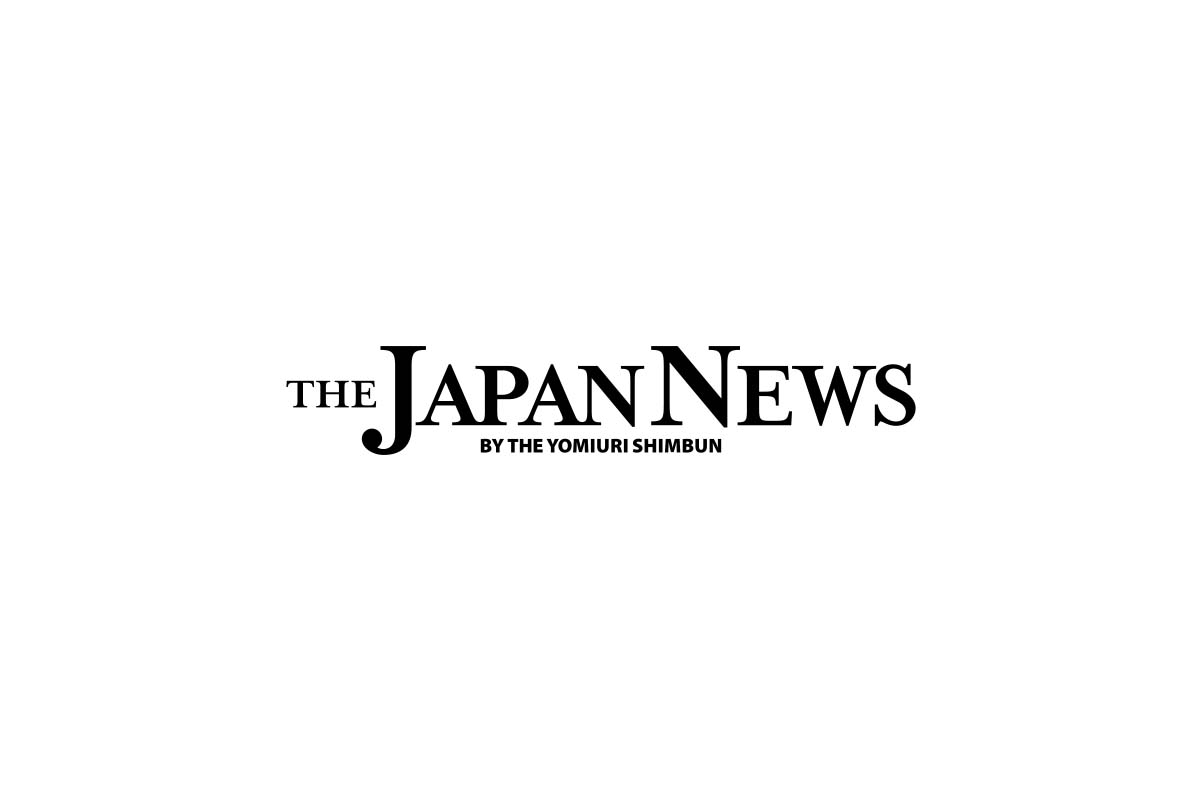Blood
Lack of Blood Donors: Younger People Must Be Encouraged to Cooperate in Vital Endeavor
13:29 JST, November 6, 2023
Fewer and fewer young people are donating blood and registering as bone marrow donors. The spirit of working together to protect the lives and health of the ill and the injured must be valued.
According to the Japanese Red Cross Society (JRCS), the number of people ages 16-69 who have donated blood over the past decade has remained steady at around 5 million per year. By age group, however, donors in their 30s and younger have declined by more than 30%, standing at just 1.67 million in the last fiscal year.
The nation’s low birthrate and aging population have reduced the number of donations by healthy young people. However, the need for blood for surgeries on elderly people, for example, is increasing; one estimate suggests a possible shortfall of 460,000 blood donations by fiscal 2035.
The JRCS is increasingly concerned about the adverse impact on medical care if this situation continues. Securing a stable number of blood donors is an important task.
One of the reasons for the decline is a decrease in campus drives in which bloodmobiles visit high schools and universities. Class and event schedules are tightly packed to begin with, and COVID-19 pandemic made hosting donation drive even more difficult.
Some prefectures, including Akita, have a high percentage of blood donations among young people, and campus drives remain highly valued. Observers say people who donate blood as a student are more likely to continue doing so in the future.
It is important to deepen understanding of blood donations among local governments and schools, and seek their cooperation.
Though it is possible to register to donate bone marrow at blood donation venues, sign-up levels among younger generations remain low.
In bone marrow transplantations — a key factor in treating leukemia and other diseases — patients receive hematopoietic stem cells contained in bone marrow aspirate from donors with matching white blood cell types.
People who wish to donate can register with the Japanese bone marrow bank, which searches for potential matches between donors and registrants. The probability of matching unrelated individuals is estimated to be one in several hundred to several tens of thousands. But as more people register, the chance of finding a match increases.
Bone marrow donors are required to be in the age range of 18 to 54. Currently, 60% of the 540,000 people on the registry are in their 40s or older, but many of these people will become 55 or older within the next decade, meaning their registrations will be revoked.
Donor registration involves taking direct blood samples and checking each individual’s white blood cell type. This procedure must be simplified in order to increase the number of registrants.
In the United States and Europe, people can register online with a simple mouth swab. This approach should be introduced in Japan as soon as possible.
Raising awareness is vital to secure cooperation among younger generations. Education regarding the significance of blood donations and bone marrow donations must be introduced at an early stage — such as at elementary and junior high school levels — before potential donors reach the age to make contributions.
(From The Yomiuri Shimbun, Nov. 6, 2023)

